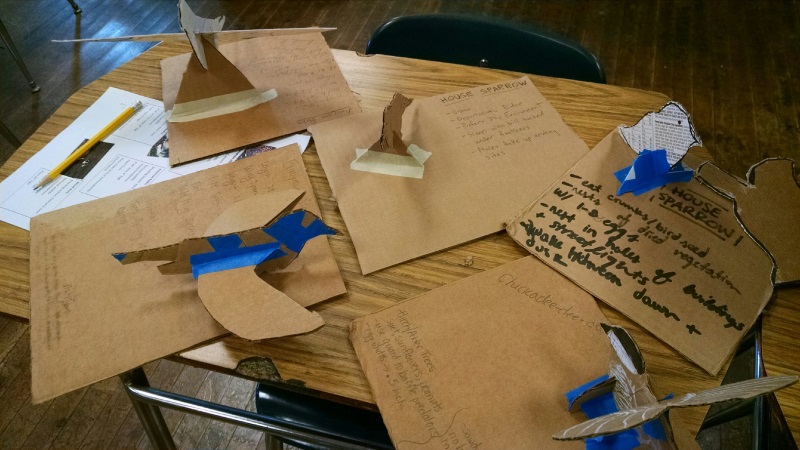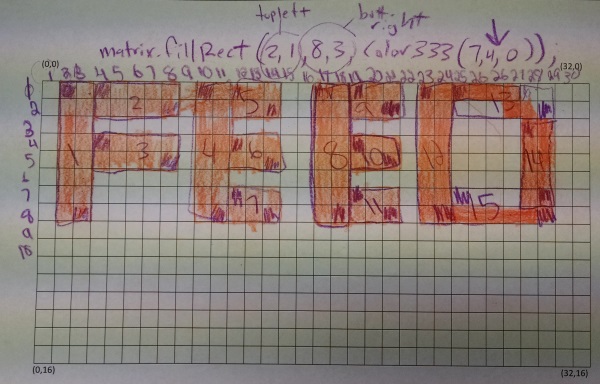TechGirlz Tackle Arduino
On Saturday, more than 20 middle-school girls gave up an unseasonably sunny afternoon to hack with Arduinos. Philadelphia Water’s greenSTEM project hosted a free TechGirlz workshop at Moore College of Art to explain how low-cost electronics and sensors can be used to help the environment, improve our cities and neighborhoods, and connect the real world to the virtual world.
We hit the ground running by setting up with Codebender, a browser-based Arduino programmer that takes much of the pain out of installing software, drivers and libraries on two dozen different computers. We quickly moved to a modified version of the Arduino blink activity and then tackled an art project: programming designs onto a 16×32 LED matrix sign using an x,y grid, geometric shape codes and color codes. This was hard work—many lines of code were written with intense focus.
Thanks to the girls for attending, to our TechGirlz volunteers, and to Moore College for providing the space.







